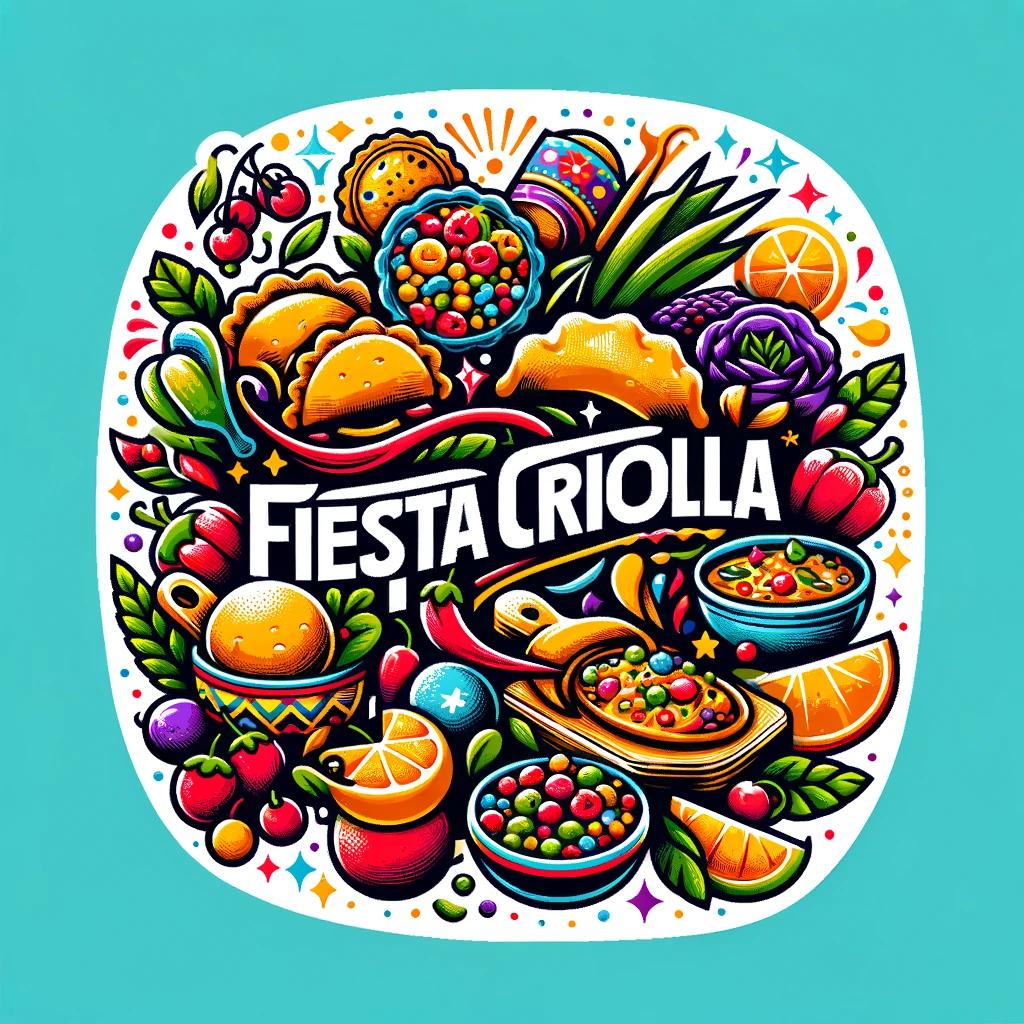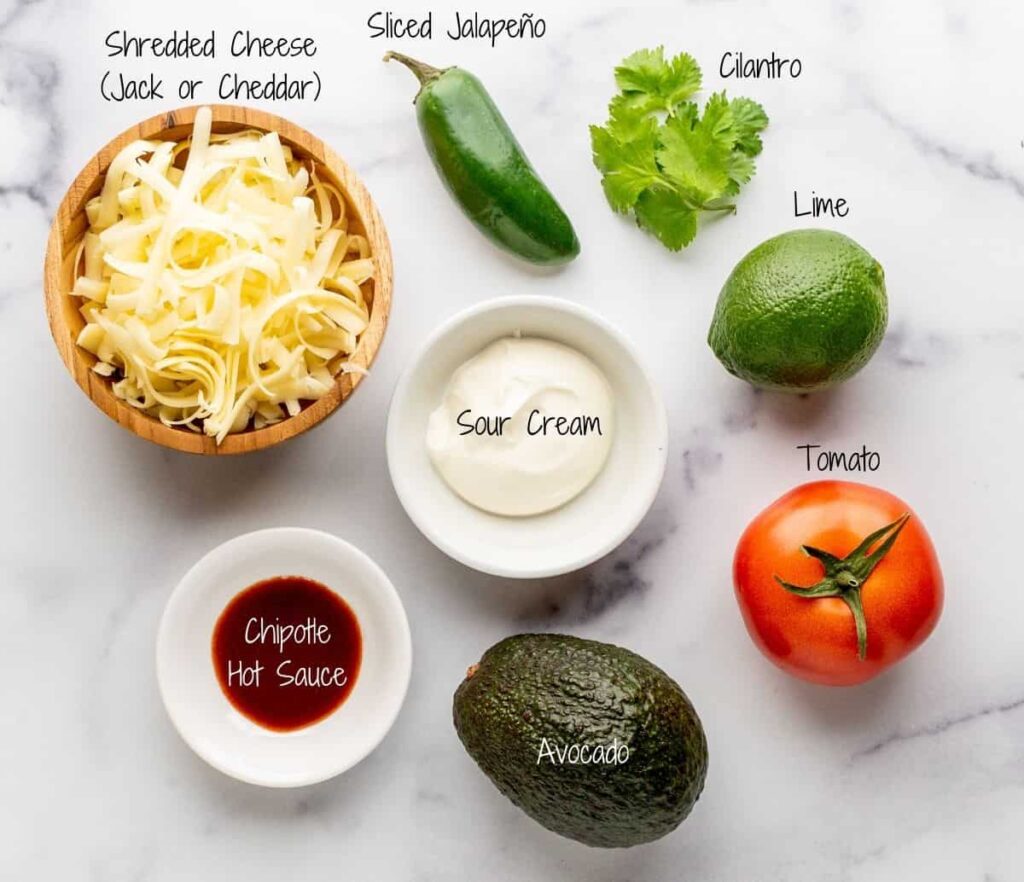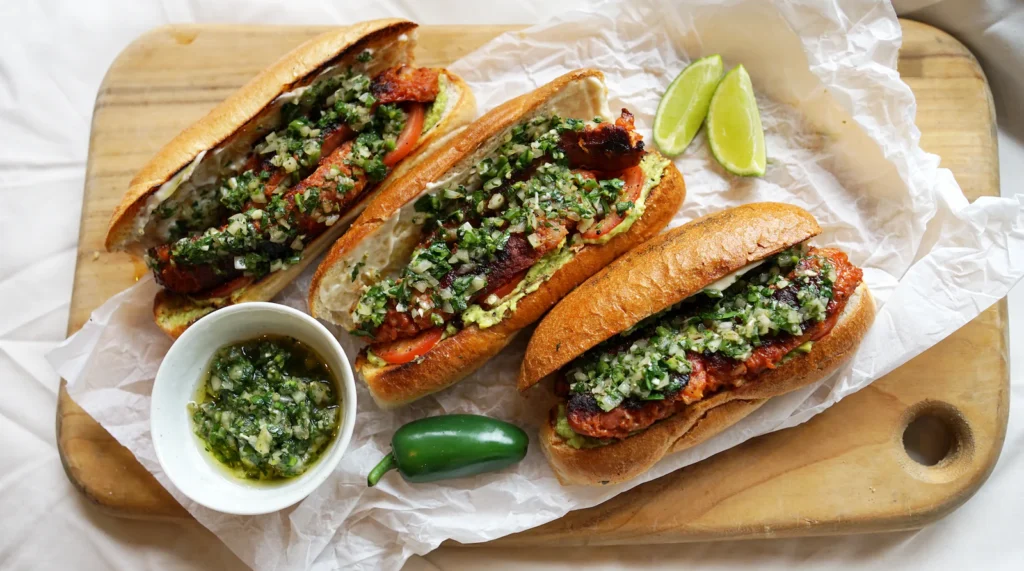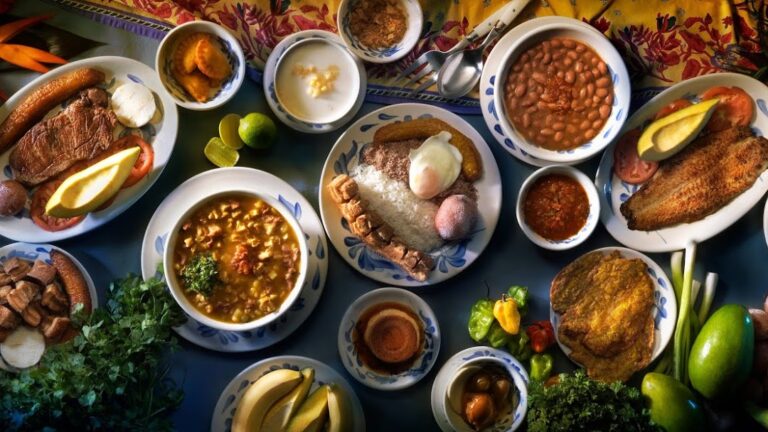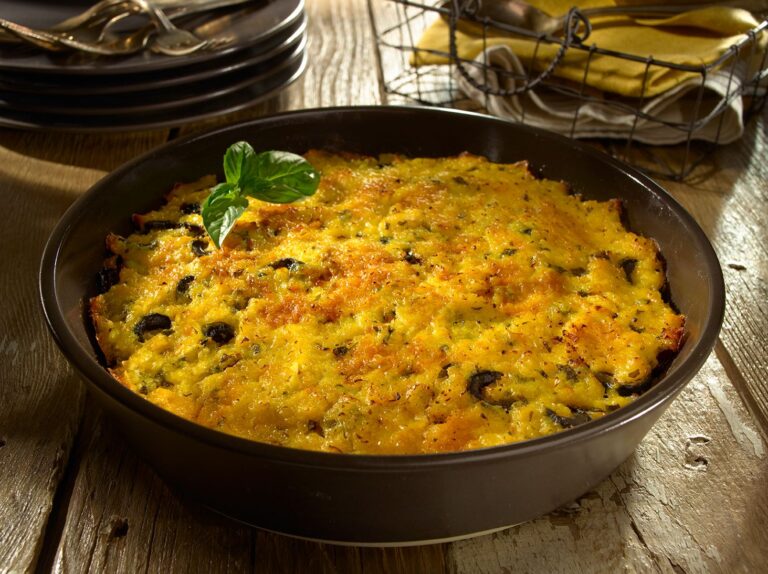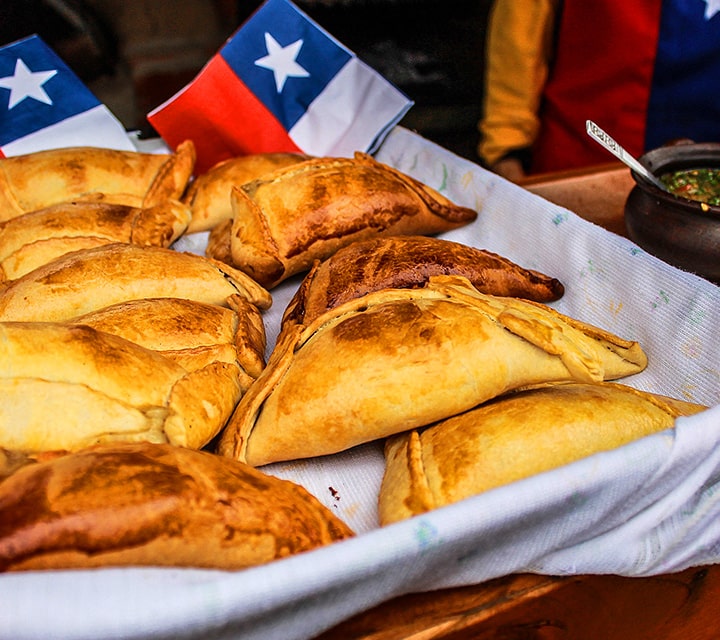Hey there, fellow food enthusiasts! If you haven’t heard of choripán yet, you’re in for a treat. Imagine this: a sizzling, juicy chorizo sausage grilled to perfection, nestled in a fresh, crusty baguette, and topped with a tangy, vibrant chimichurri sauce. Sounds like a dream, right? Well, that’s choripán for you—a street food gem straight from the heart of Argentina that’s winning hearts (and stomachs) worldwide.
In this ultimate guide, we’re diving deep into everything choripán. From its humble beginnings on the streets of Buenos Aires to the secret tips for making the perfect sandwich at home, we’ve got it all covered. Whether you’re a seasoned grill master or just someone who loves a good bite, this guide will have you crafting and savoring choripán like a pro. So, fire up the grill and get ready for a flavor-packed journey!
What is Choripán?
Choripán, a compound word from “chorizo” and “pan” (bread), is a popular street food in Latin America, particularly in Argentina. It consists of a grilled chorizo sausage served in a crusty bread roll, often garnished with chimichurri sauce. This simple yet flavorful sandwich has become an iconic representation of Latin American cuisine, reflecting its rich cultural heritage and culinary traditions.
Choripán is more than just a snack; it embodies the spirit of Argentine barbecue culture, known as “asado.” Asados are social gatherings where friends and family come together to enjoy grilled meats, and Choripán often serves as a starter. The smoky, savory flavor of the chorizo combined with the freshness of the chimichurri sauce makes it a memorable culinary experience.
Common Ingredients
The classic Choripán is made with a few key ingredients:
- Chorizo Sausage: Typically a pork sausage seasoned with paprika, garlic, and other spices. The chorizo can be either fresh or cured, with fresh chorizo being more commonly used for Choripán.
- Bread Roll: A crusty baguette or roll that can hold up to the sausage and toppings. The bread is usually toasted on the grill to add a smoky flavor and crunch.
- Chimichurri Sauce: A tangy green sauce made with parsley, garlic, vinegar, oil, and red pepper flakes. Chimichurri adds a bright, herbaceous contrast to the rich sausage.
- Optional Toppings: Include onions, tomatoes, lettuce, and other condiments according to regional preferences. Some variations also add mayonnaise, mustard, or ketchup.
History of Choripán
Early Beginnings in Argentina
Choripán originated in Argentina, where it became a staple of local street food culture. Its history dates back to the early 19th century, closely tied to the Argentine gauchos, or cowboys, who would grill chorizo sausages over open flames and serve them on bread. This practice laid the foundation for what would become the beloved Choripán.
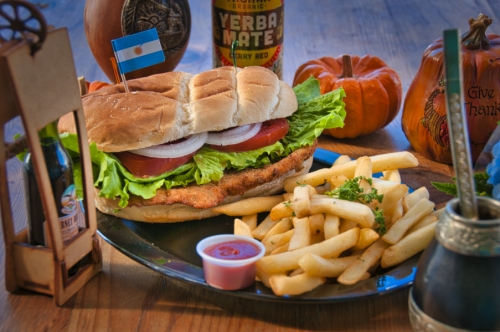
The gauchos were skilled horsemen and cattle herders who roamed the Pampas, the fertile grasslands of Argentina. They relied on simple, hearty meals that could be prepared easily over a campfire. Grilling chorizo sausages and placing them in bread was a practical solution that provided sustenance and convenience. This rustic meal quickly gained popularity among locals and became entrenched in Argentine culinary traditions.
Spread Across Latin America
From Argentina, Choripán spread to neighboring countries, each adding its unique twist to the dish. The sandwich became popular in Uruguay, Chile, and other parts of Latin America, adapting to local tastes and ingredients while maintaining its core appeal. This widespread popularity highlights the dish’s versatility and enduring charm.
In Uruguay, Choripán is a fixture at “parrilladas,” or barbecues, and is often enjoyed with a variety of sauces and toppings. In Chile, Choripán is a popular appetizer at asados, and the use of pebre sauce adds a distinctly Chilean flavor profile. The adaptability of Choripán to different regional cuisines demonstrates its universal appeal and ability to bring people together through food.

Variations of Choripán: Regional Variations
Argentine Choripán
In Argentina, Choripán is often served with a generous amount of chimichurri sauce and sometimes includes a salsa criolla, made with chopped tomatoes, onions, and peppers. The Argentine version is celebrated for its balance of flavors and the quality of its chorizo. The chorizo is usually grilled to perfection, with a crispy exterior and juicy interior, making it the star of the sandwich.
Uruguayan Choripán
Uruguayan Choripán, similar to its Argentine counterpart, often includes chimichurri but may also feature a variety of other sauces and garnishes. Uruguayans enjoy customizing their Choripán with additional toppings like cheese, lettuce, and different types of relishes. The Uruguayan version often includes a unique blend of spices in the chorizo, giving it a distinct flavor.
Chilean Choripán
In Chile, Choripán is a popular appetizer at barbecues, known as “asados.” Chileans often serve it with pebre, a spicy salsa made from tomatoes, onions, cilantro, and chili peppers. This version emphasizes bold, spicy flavors that complement the sausage. The pebre adds a zesty kick and fresh crunch, enhancing the overall taste experience.
Modern Twists
Modern interpretations of Choripán have emerged, reflecting contemporary culinary trends and fusion cuisines. Some variations include:
- Gourmet Choripán: Featuring artisanal sausages, gourmet bread, and upscale toppings like avocado or specialty cheeses. These gourmet versions often use high-quality, locally sourced ingredients to elevate the traditional sandwich.
- Vegetarian Choripán: Using plant-based sausages and vegan-friendly toppings, catering to the growing demand for vegetarian options. These versions maintain the essence of Choripán while offering a healthier and environmentally friendly alternative.
- Fusion Choripán: Incorporating ingredients and flavors from other cuisines, such as Asian-inspired sauces or Mediterranean toppings. Fusion versions might include kimchi, tzatziki, or other international condiments that add a unique twist to the traditional Choripán.

Why Choripán is Popular
Cultural Significance
Choripán holds a special place in the hearts of many Latin Americans, symbolizing the communal and festive nature of barbecues and street food culture. It’s a dish that brings people together, whether at a casual family gathering, a sports event, or a bustling street market. Its simplicity and deliciousness make it accessible and beloved by all ages.
Choripán is often associated with national celebrations, sports events, and public festivities. It is commonly found at soccer matches, where fans enjoy it as a quick and satisfying snack. The sandwich’s portability and ease of preparation make it ideal for outdoor events and social gatherings, contributing to its widespread popularity.

Versatility in Cooking
One of the reasons for Choripán’s enduring popularity is its versatility. It can be prepared quickly and easily, making it a convenient option for street vendors and home cooks alike. The ability to customize Choripán with various toppings and sauces allows for endless creativity, ensuring that there’s a version to suit every palate.

Choripán can be cooked on a grill, stove, or even over an open flame, making it adaptable to different cooking environments. This flexibility, combined with the variety of available ingredients, means that Choripán can be tailored to fit different dietary preferences and culinary trends. Whether you’re a traditionalist or an experimental foodie, Choripán offers a canvas for culinary innovation.
Nutritional Value of Choripán
Caloric Content
The caloric content of Choripán can vary depending on the type of chorizo and bread used, as well as the quantity of toppings. On average, a traditional Choripán contains about 400-500 calories. It’s a hearty meal that provides a good balance of protein, fats, and carbohydrates, making it a satisfying choice for a quick lunch or snack.
Choripán can be adjusted to suit different dietary needs. For those looking to reduce calorie intake, opting for leaner chorizo, whole-grain bread, and lighter toppings can make the sandwich a healthier option. Conversely, adding richer toppings like cheese or avocado can increase the caloric content for those seeking a more indulgent treat.
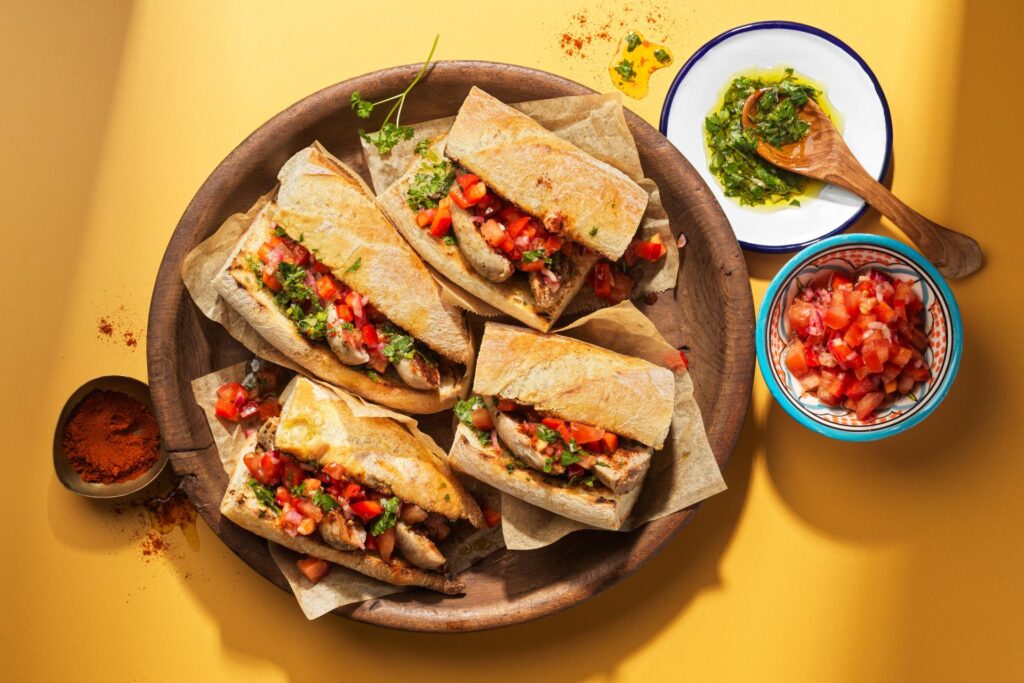
Health Benefits
While Choripán is often seen as indulgent street food, it does offer some nutritional benefits:
- Protein: Chorizo is a good source of protein, essential for muscle repair and growth. Protein is crucial for maintaining muscle mass and overall body function, making Choripán a substantial and satisfying meal.
- Vitamins and Minerals: The sausage contains various vitamins and minerals, including B vitamins, iron, and zinc. These nutrients play important roles in energy production, immune function, and overall health.
- Antioxidants: Chimichurri sauce, made with fresh herbs and garlic, provides antioxidants that can help reduce inflammation and support overall health. Antioxidants are beneficial for combating oxidative stress and promoting cardiovascular health.

In addition to these benefits, incorporating fresh vegetables as toppings can add fiber, vitamins, and minerals, further enhancing the nutritional profile of Choripán. Using whole-grain bread can also increase fiber content, aiding digestion and providing sustained energy.
Conclusion
Choripán is more than just a sandwich; it’s a cultural icon and a culinary delight that captures the essence of Latin American street food. Its rich history, diverse variations, and nutritional value make it a fascinating subject for food enthusiasts and a delicious treat for anyone who tries it. Whether you’re enjoying a traditional Argentine Choripán or experimenting with modern twists, this ultimate guide provides all the insights you need to appreciate this beloved dish fully.

Choripán’s enduring popularity is a testament to its ability to evolve while staying true to its roots. As food trends continue to change, Choripán remains a beloved staple, cherished for its simplicity, flavor, and cultural significance. By exploring the various aspects of Choripán, from its origins to its modern interpretations, we gain a deeper understanding of why this humble sandwich continues to captivate taste buds and bring people together.
Frequently Asked Questions
Jl.Surjan
Disclosure: Our blog contains affiliate links to products. We may receive a commission for purchases made through these links. However, this does not impact our reviews and comparisons. We try our best to keep things fair and balanced, in order to help you make the best choice for you.
